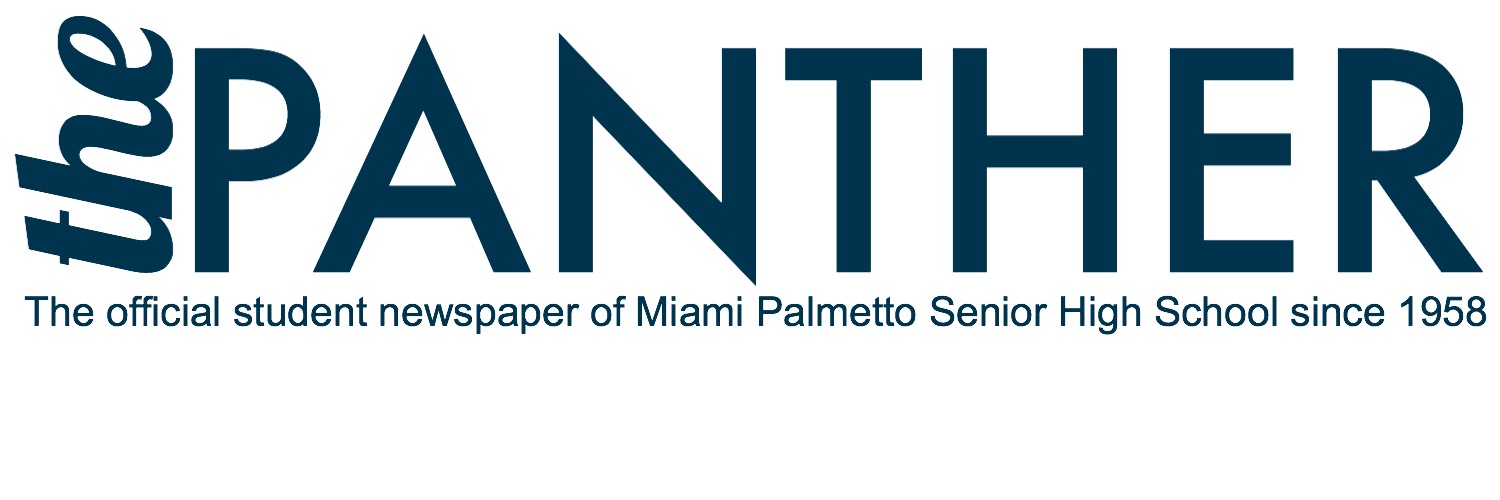You have been Blocked
November 30, 2015
90 minutes… 45 minutes… 30 minutes… Finally the bell rings signaling third period and students shove to get out of the classroom they spent more than two hours in their first period class. After six days of block scheduling, students have expressed mixed reviews on the new schedule which consists of three two-hour classes per day, alternating between periods one, three and five on A-days and two, four and six on B-days. Students and teachers alike have experienced the positives and negatives that came with this twist in the daily schedule.
For teachers, block scheduling provides two hours of uninterrupted and productive class time. With more time per class, teachers do not have to worry about rushing a lesson plan or losing valuable teaching time to take attendance or conduct other administrative work. Teachers are able to delve into topics more deeply, providing more information than they would normally address during only an hour of instruction. The relationship between a student and teacher can also thrive with a longer class period as there is greater opportunity for interaction between the two. Science teachers especially see the benefits as students can complete an entire experiment in one day, a process that could take two to three one-hour class periods. Teachers and students can feel productive after a full day’s work as they can do multiple lessons or exercises during two-hours of time.
Students also recognize the benefits the block schedule. Three classes per day makes the day seem shorter. Knowing that they have two days to complete a homework assignment is also a relief for some. With no rush, students can take their time on the assignment and do it to their utmost ability. With classes every other day rather than daily, some students get lucky with all difficult classes on one day followed by a day of easier and less demanding classes. This luck of the draw gives students a break during the week and a day to catch up.
However, block scheduling poses a challenge for many teachers and students. One-hundred and twenty minutes of class can stress attention spans. Students and teachers who find it challenging to stay focused for just 60 minutes find themselves counting down the minutes until the bell signals relief rather than learning during a two hour block. Teachers also may find it difficult to plan two-full-hours of learning, lectures and activities without losing the attention of their students. With some weeks having as few as two classes it can be complicated to keep students on schedule, especially in AP courses where teachers must adhere to a strict curriculum in order to complete the material prior to the exam.
Stress on students also increases as it is imperative that they attend class daily; should a student miss just one day of class, essentially they are missing two days of instruction and assignments. This can create a continuous downward spiral making it seemingly impossible to catch up to the rest of the class. For more intense classes, homework and textbook readings are assigned daily, however, without daily instruction, students must resort to review more material on their own in order to be prepared for exams and classes; often encountering double the work every night.
Many schools in Miami-Dade County have opted for the block scheduling, such as Coral Reef Senior High School. A study done by Charles Williams Jr. Doctor of Education at the Argosy University Online College of Education shows that block scheduling decreased the rate of absences by 30 percent and the rate of suspensions by 33 percent as students have less transition times between classes.
There are no plans to make block scheduling permanent at Palmetto, for now it is just utilized to accommodate testing.
